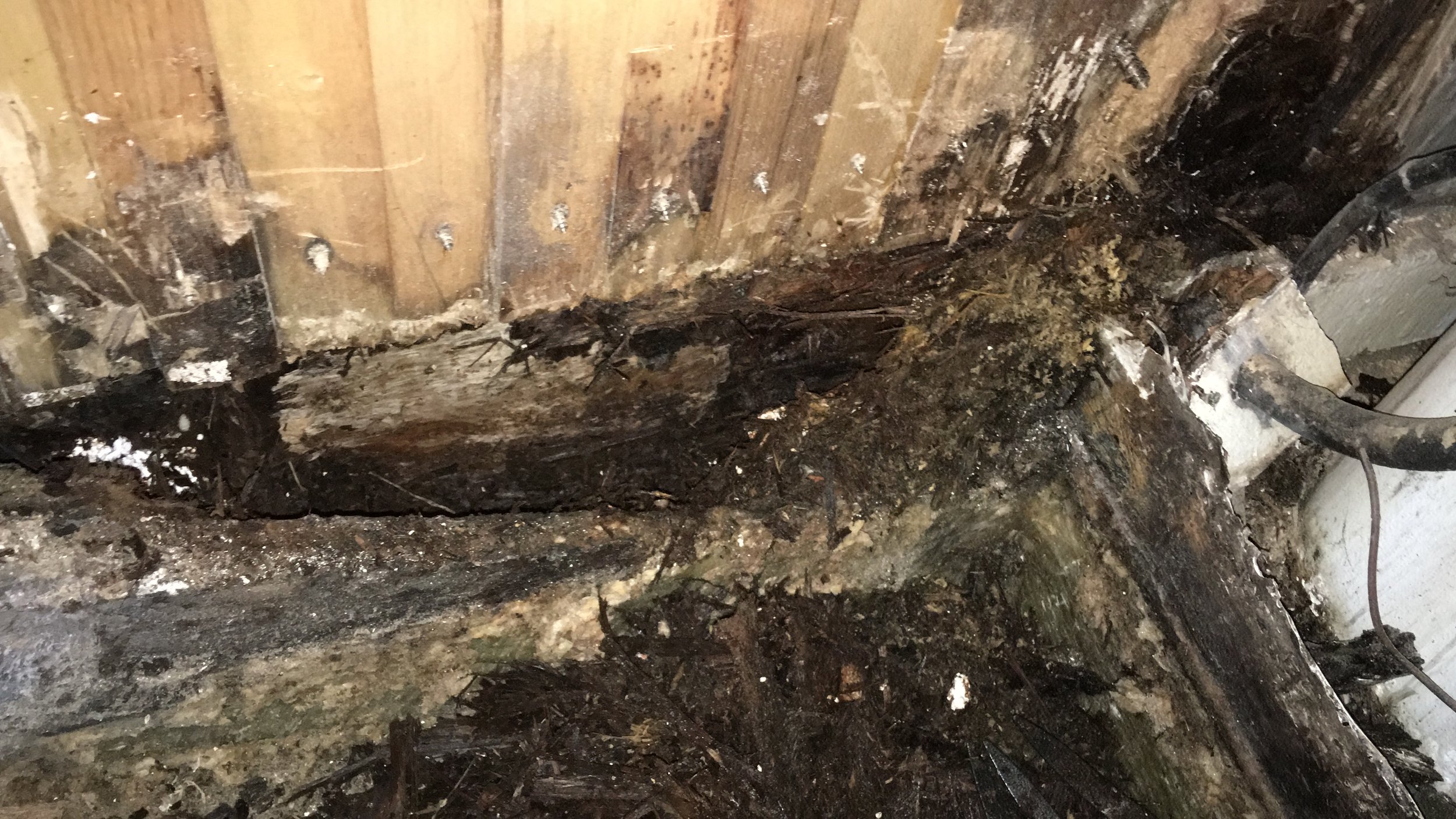Water makers are touted as a great safety feature because they can give you unlimited fresh water! Then thing is, a watermaker represents “potential” gallons, and not realized gallons.
There are many factors that need to be in place for a water maker to produce fresh water. It needs a clean water supply, it needs a power source, and it needs to be in working order. If any of these factors are missing, the unit will fail to produce fresh water for you!
Water makers are great, as long as you use them properly. This doesn’t correspond with proper operation, but proper mentality.
Water makers are capable of producing fresh water, but that doesn’t mean that you “have” the fresh water yet, just that you “could have” the fresh water.
It is important to have all the water you will need for your passage on the boat and in tanks before you leave a safe harbor. A water maker can be used to keep the tanks full, but shouldn’t be used in the water calculations of water capacity on the boat.
When sailing a long distance, it is important to calculate the “Miles to Empty” that you have. Basically, divide the number of miles you have left to go by the number of gallons you have.
For example, if you are sailing 1000 miles and carry 100 gallons, then you have to sail 10 miles for ever gallon of water you consume to make it there on empty. If you are sailing slowly, then be very sparring with your water usage. If you are sailing much faster than anticipated and soon going to arrive, maybe take that shower you have been thinking about.
By doing this simple calculation, you can make sure that you will have enough water to safely make a passage. Adding a water maker simply gives you the ability to keep your tanks full on the way, which means that your 1000 miles on 100 gallons will become 900 miles on 100 gallons, and later on, 500 miles on 100 gallons. As you get closer and closer to the destination with a full tank, you can be more liberal in your water usage. This is the luxury that a water maker brings, not the thought that you carry unlimited gallons of fresh water.












